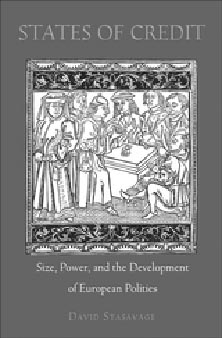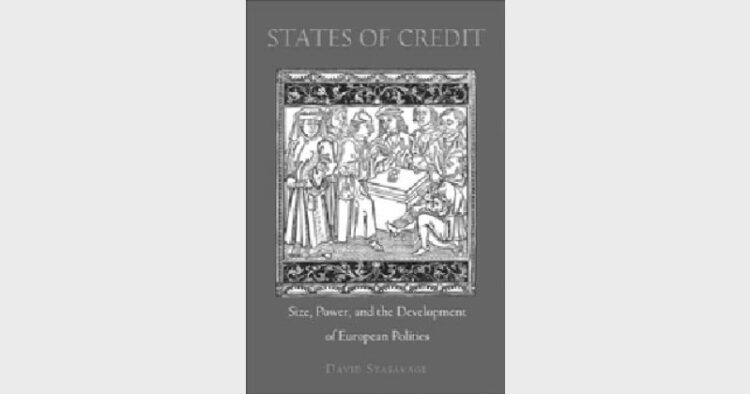
The cities that wielded more power than States
By Dr Vaidehi Nathan
States of Credit: Size, Power, and the Development of European Polities, David Stasavage, Princeton University Press, Pp 192(HB), £ 27.95.
Certain cities in Europe were more powerful than the neighbouring state power. The rise of the city-states is owing to several reasons like their location and accessibility. The issue has been looked at from several angles and has been the topic of much debate. David Stasavage, a professor in Politics in New York University has explored the topic from the perspective of the financial leverage these city-states enjoyed. In his book States of Credit: Size, Power, and the Development of European Polities he says in the city-states, the persons who extended public credit were also the people controlling the administration. Hence they became cohesive political entities, growing beyond the power of the state. In this context he discusses three city-states — Cologne, Genoa and Siena. Apart from these, there were prominent cities which wielded enormous power because they had the edge in innovation, like Venice, which was the centre for glass blowing. On the other side, Stasavage discusses three territorial powers — France, Castile and Dutch Republic.
While the city-states had a more oligarchic system because of the control over the money and politics being exercised by the same set of people, the territorial powers tended to have a little more of republic tendencies. “City-states had better access to credit than territorial states, and there are reasons to believe that this can be attributed to their small size and to the strong representation of merchants within their political assemblies.” These city-states also had a prior history of prominence in commerce. Stasavage also discusses why these city-states emerged only in some parts of Europe. According to him, they flourished in Europe’s central band because this was the most highly urbanised area of Europe at an early date. “City-states were able to emerge in Europe’s central core because this was where central political control collapsed to the greatest extent after the partition of the Carolingian Empire. As a result of a series of idiosyncratic events, the Middle Kingdom became a border region of constantly shifting loyalties within which it was easier for cities to achieve political autonomy.”
Discussing France, Castile and the Dutch Republic, he illustrates “the obstacles faced by most territorial states in establishing an intensive form of political representation, and thus in gaining access to credit.” France and Castile, he says were considered particularly bad for public credit.
The book is heavy reading and the topic is not exactly popular history. It is an academic work. The geography being so much different today from the dates discussed in the book, the connect is difficult. A lot of research has been packed into it, no doubt.
(Princeton University Press, 41 William Street, Princeton, New Jersey 08540)?















Comments